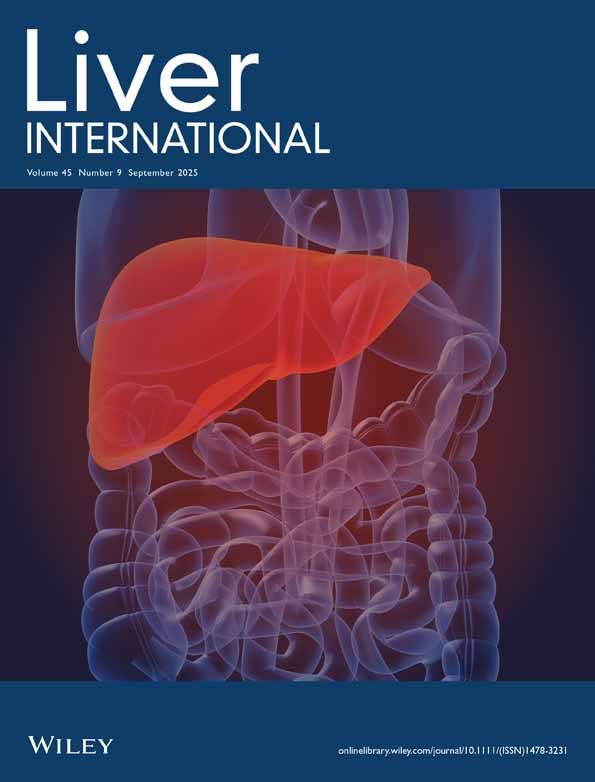Long-term responders without eradication of hepatitis C virus after interferon therapy: characterization of clinical profiles and incidence of hepatocellular carcinoma
Abstract
Abstract: Aims/Background: The aim of this study was to determine the characteristics of patients with chronic hepatitis C showing long-term normalization of alanine aminotransferase (ALT) without eradication of HCV RNA, as well as to investigate the incidence of hepatocellular carcinoma (HCC) in such patients. Methods: Four hundred and nineteen patients with histologically-proven chronic hepatitis C who had received interferon (IFN) therapy were studied. Complete response (CR) was defined as persistent normalization of ALT levels with eradication of serum HCV RNA (n=126). Long-term biochemical response with positive HCV RNA (HCV-positive BR) was defined as a normal ALT level at 6 months after IFN therapy with further persistent normalization of ALT levels for 2 or more years without eradication of serum HCV RNA (n=49). All other patterns were classified as non-response (NR, n=244). Results: Mean follow-up periods of CR, HCV-positive BR and NR groups were 4.9, 5.2 and 4.9 years, respectively. The HCV-positive BR group had significantly higher serum HCV RNA levels and a higher rate of HCV serological group 1 classification than the CR group. The other characteristics of the HCV-positive BR group were lower histologic activity, lower ALT levels, and a higher rate of females when compared with both the CR and NR groups. Histologic staging in the HCV-positive BR group was significantly lower than that in the NR group. Cumulative incidences of HCC estimated by the Kaplan-Meier method in both the CR and HCV-positive BR groups were significantly lower than those in the NR group (log-rank test, CR vs NR p<0.001, HCV-positive BR vs NR p=0.026). Conclusion: The patients with HCV-positive BR were virologically different from those with CR, and had lower ALT levels and histologic activity when compared to those with CR and NR.




